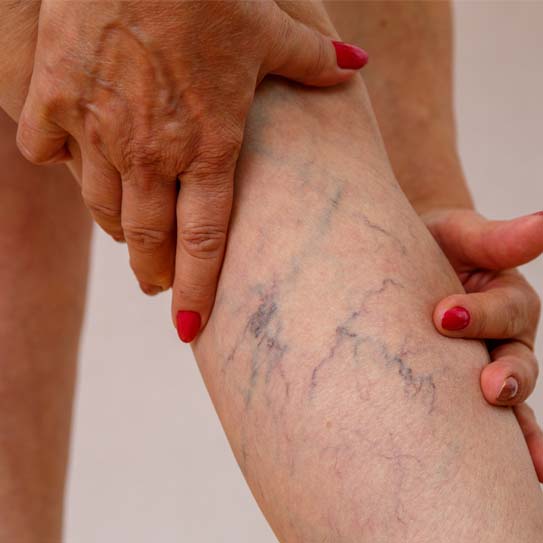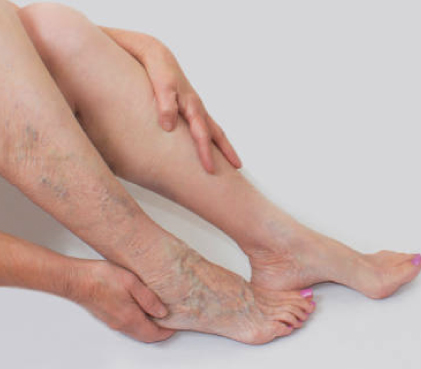
Before doing a prostatectomy procedure, the doctor may advise the following tests: DRE: digital rectal examination The surgeon does this examination by inserting a finger into the rectum while wearing gloves and lubricant to check for any abnormal growths and the size, texture, and shape of the prostate gland. This aids the surgeon in determining the condition's severity.
The type of method employed during the prostatectomy surgery varies, including: Laser Prostatectomy: Compared to other treatments, laser prostatectomy provides a number of benefits, including a decreased risk of bleeding, a short hospital stay, faster healing, and so on. In this method, a scope is inserted by the doctor through the urethra. In order to reduce or eliminate the extra tissue from the enlarged prostate and alleviate the symptoms, a laser is sent via the scope.

A prostatectomy may be quite painful.
The kind of surgery being conducted will determine this. Prostatectomy operations are often painless since they are carried out under anaesthesia. However, some people may feel a little uncomfortable following the surgery. Medications can generally control it.
Who is in need of a prostatectomy?
Localised prostate cancer is often treated with a prostateectomy. However, people with other prostate disorders, such as BPH, etc., may also be advised to do so.
Does insurance provide coverage for prostatectomy?
Yes. Cancer and other illnesses that might impair a person's health and cause life-threatening consequences make prostate surgery imperative. As a result, insurance will pay for this procedure. However, the terms and circumstances of the policy provider completely determine the insurance coverage that is provided.
Which prostatectomy procedure is the best?
There is no conclusive response to this. The method utilised to execute a prostatectomy is determined by a variety of variables and the needs of each patient. Laser surgery may provide the greatest outcomes in specific circumstances. However, open surgery may be required for the other cases.

Also known as endovenous laser treatment or EVLA, this is a minimally invasive ultrasound-guided procedure that involves the use of ultrasound images and laser fiber in order to kill the delicate lining of the veins. After a few days following the procedure, the body absorbs the dead tissues, closing off the abnormal veins with minimal or no discomfort. This is one of the most commonly preferred methods as it involves far fewer complications, and the recovery time, as well as the success rate of this method, is much faster and higher than that of any surgical process.

Also known as endovenous laser treatment or EVLA, this is a minimally invasive ultrasound-guided procedure that involves the use of ultrasound images and laser fiber in order to kill the delicate lining of the veins. After a few days following the procedure, the body absorbs the dead tissues, closing off the abnormal veins with minimal or no discomfort. This is one of the most commonly preferred methods as it involves far fewer complications, and the recovery time, as well as the success rate of this method, is much faster and higher than that of any surgical process.

Also known as endovenous laser treatment or EVLA, this is a minimally invasive ultrasound-guided procedure that involves the use of ultrasound images and laser fiber in order to kill the delicate lining of the veins. After a few days following the procedure, the body absorbs the dead tissues, closing off the abnormal veins with minimal or no discomfort. This is one of the most commonly preferred methods as it involves far fewer complications, and the recovery time, as well as the success rate of this method, is much faster and higher than that of any surgical process.